Spend much time following any sanctioned race series, and there’s a good chance you’ll come across the term “homologation.”
Homologation is a fancy word that, in a racing context, basically means that if a manufacturer builds a car for the race track, it has to offer a similar version to the public. And for many racing series that use a vehicle derived from a street car, there’s a good chance you’ll find some sort of homologation requirement.
Those requirements are not always consistent—or rigidly enforced—either. Sometimes the sanctioning body’s homologation rules mean a set number of vehicles (say, 1,000) need to be produced, while other times that threshold is derived from a percentage of last year’s sales or related to the size of the marque’s dealership network.
Nor does the word have to refer to an entire vehicle, as an individual component like an engine or body kit may require a separate homologation process—heck, even the simple addition of a spoiler could demand an entirely distinct homologation procedure.
In any event, homologation rules have resulted in a long legacy of super-awesome vehicles entering the hands of the public. To that end, we picked 10 of our favorites here, though our list could’ve easily doubled or tripled—cough*Group B*cough.
Check out our list and let us know your thoughts in the comments section at the bottom of this article.
***
Our Top 10 Favorite Race Homologation Specials
***
10. 1986 Pontiac Grand Prix 2+2
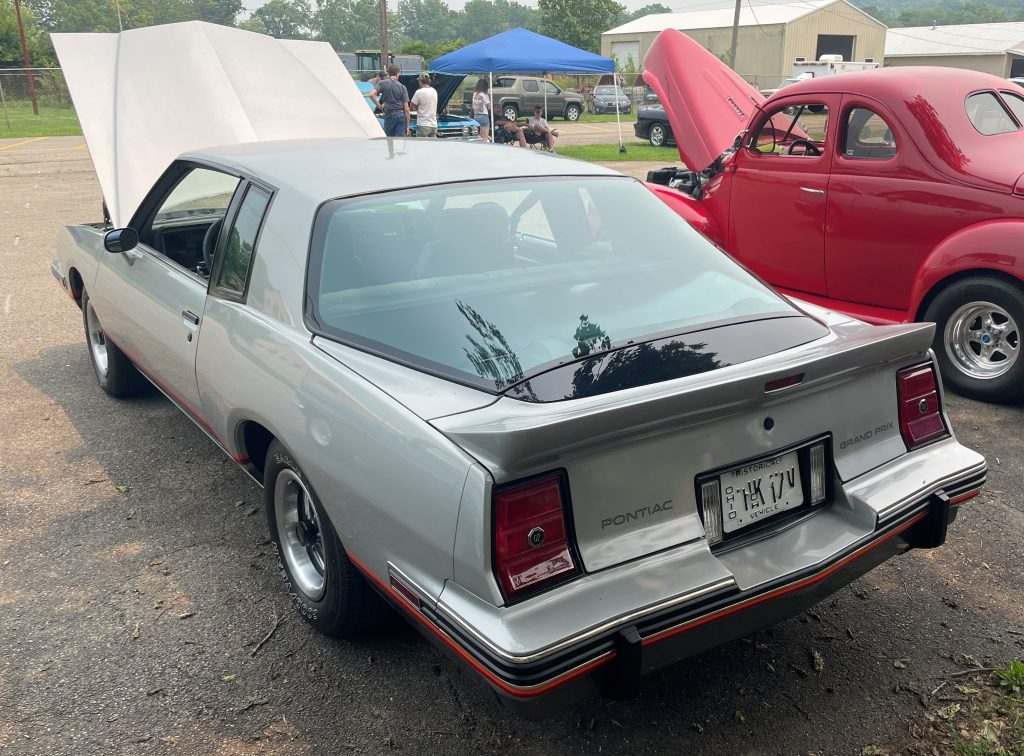
Sure, everyone remembers the 1986-87 Chevy Monte Carlo SS Aerocoupe…right? Turns out, it has a significantly more rare Pontiac doppelganger: the Grand Prix 2+2. Resurrecting a nameplate from its 1960s heyday, the 2+2 was Pontiac’s attempt to make its G-body Grand Prix more stable on high-speed NASCAR tracks. The result was a unique urethane nose and, more importantly, a radically redesigned backglass—far different than the Aerocoupe’s—that resulted in an adorably small rear trunk.
Yet despite the bona fide race car aero kit, street-going 2+2s got a more restrained 165 horsepower 305 Chevy V8 and 200R4 automatic. Read more about the Pontiac Gran Prix 2+2 in this article.
***
9. 2016+ Ford GT
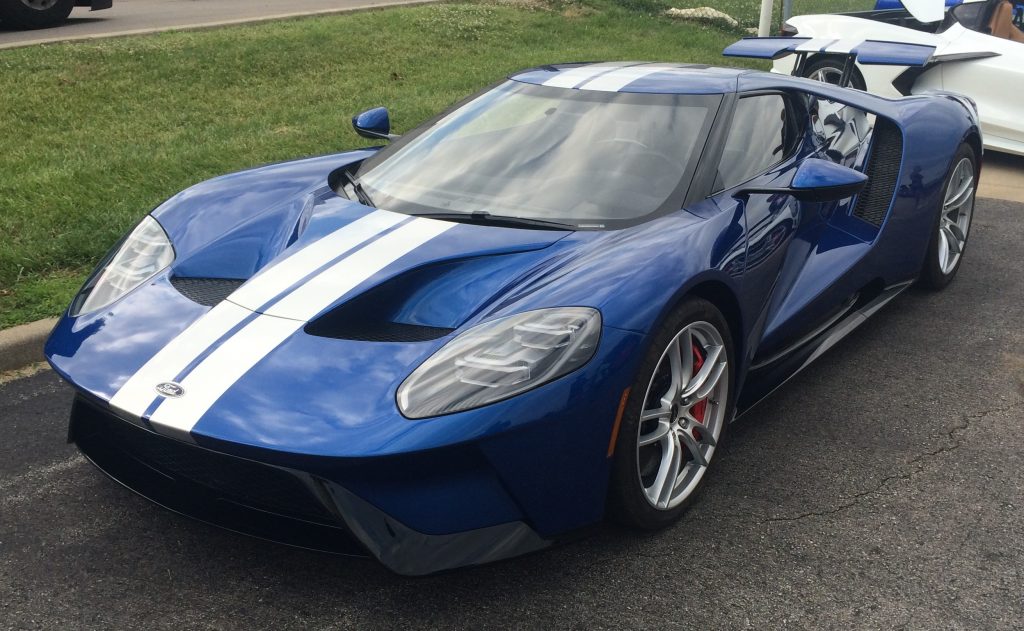
While most folks see the second-gen GT as Ford’s modern-day supercar and a visual homage to the O.G. GT-40, let’s not overlook the fact that it got Ford back into top-level sports car races as well. Thanks to the homologated Ford GT, the Blue Oval could use these cars in IMSA and WEC racing, notably at the 24 Hours of Le Mans—the original stomping grounds of the GT’s Ferrari-fighting ancestor.
***
8. 1970 Plymouth AAR ‘Cuda
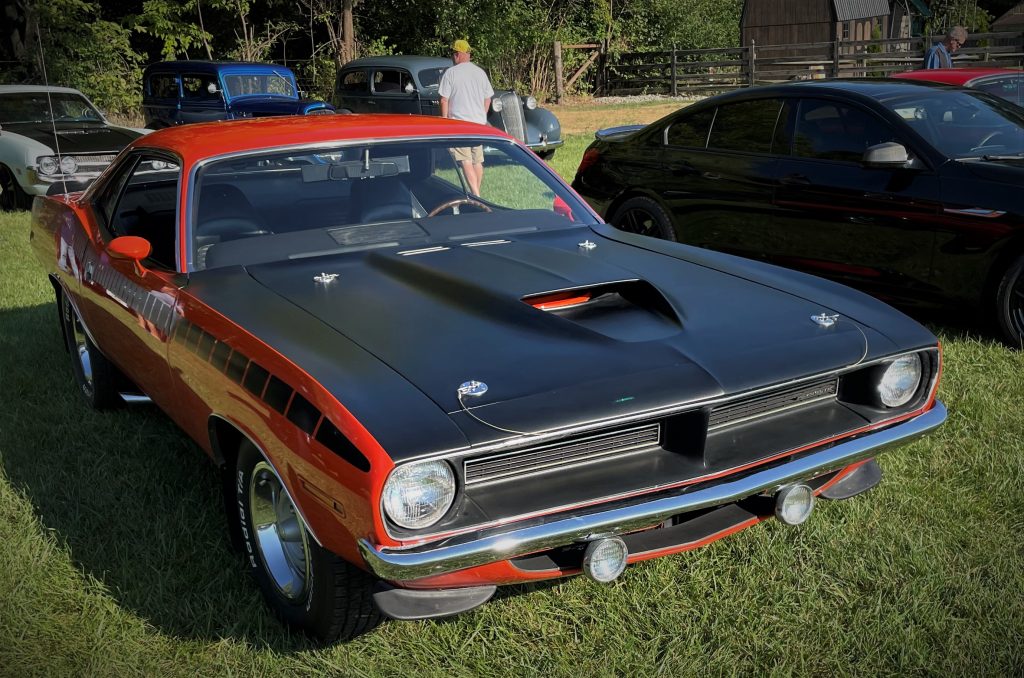
We can thank the Trans Am series of the 1960s for plenty of homologation specials (including another one coming up on this list), but the AAR ‘Cuda is one of the handful that really stand out. For starters, it’s got a mean-looking suspension rake thanks to a staggered set of tires and a two inch lift out back. Then, the specially-prepped 340 “TA” small block makes 290 horsepower thanks to a Six-Barrel setup (in Plymouth parlance), and it exhales through a downright amazing side-exit exhaust dumping in front of the rear wheels.
Read an entire article dedicated to the AAR ‘Cuda right here.
Fun Fact: Plymouth’s corporate homologation cousin is the 1970 Dodge Challenger T/A, which was similar, but distinct from the AAR ‘Cuda here.
***
7. 1969 Mercury Cyclone Spoiler II
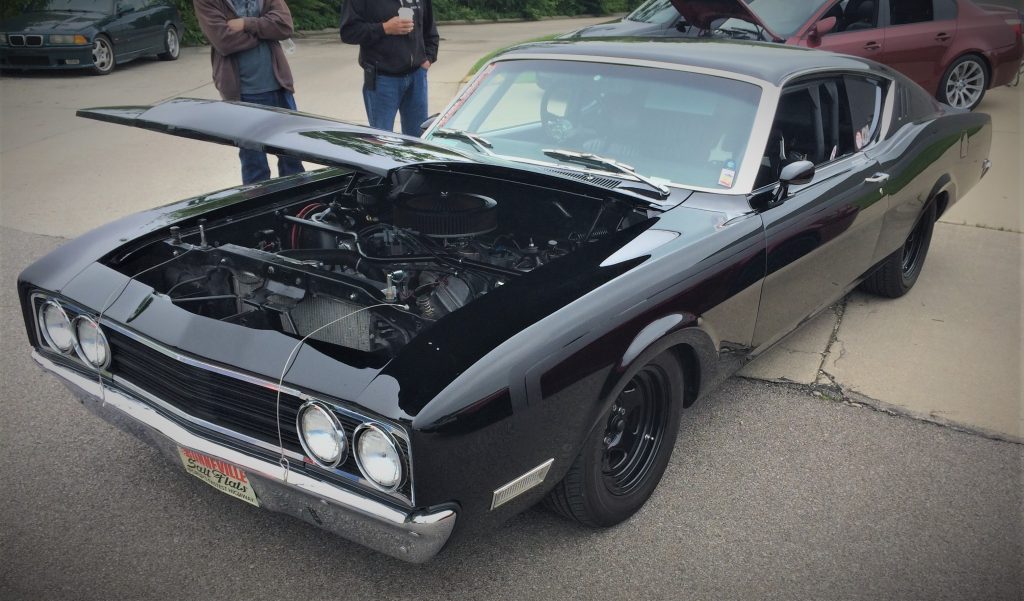
Considering all the hubub surrounding Mopar’s wing cars, it’s easy to glance over the FoMoCo’s potent Cyclone Spoiler II—which put eight NASCAR Grand National wins under its belt, equaling the total of the famed 1970 Plymouth Superbird. Together with its Blue Oval brother, the Torino Talladega, these cars got a revised front end to combat wind, along with modified rockers to put them lower to the ground.
Though the race-prepped Spoiler IIs received either a side-oiler 427 or Boss 429 powerplant, models sold to the public for homologation got the venerable 351 Windsor.
We spoke with Ralph Moody Jr. all about the Holman-Moody team’s role in the development of Ford’s Aero cars. Check out the article and podcast with Ralph Moody Jr. here.
***
6. 1997-99 Mitsubishi Pajero Evolution
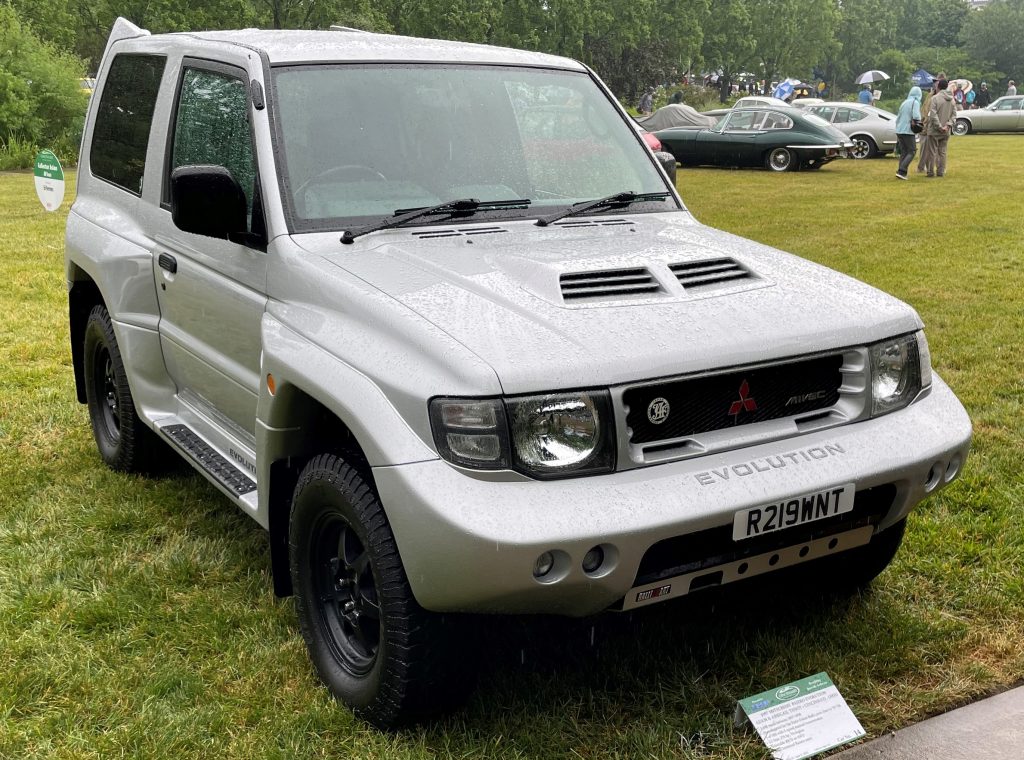
Honestly, we could make a Top 10 list comprised entirely of rally homologation specials, but we’ll try to restrain ourselves to just a few. And that certainly includes the Pajero Evolution tuned by Mitsubishi’s in-house performance division Ralliart, specifically to conquer the grueling Dakar Rally. The road version featured a 3.5L V6 that made 275 horsepower at a screaming 6,500 rpm, and sent power to all four wheels.
As for Dakar, the Pajero (across various generations) has won it a whooping 12 times(!) between 1985 and today.
***
5. 1974-76 Chevy Chevelle Laguna S-3
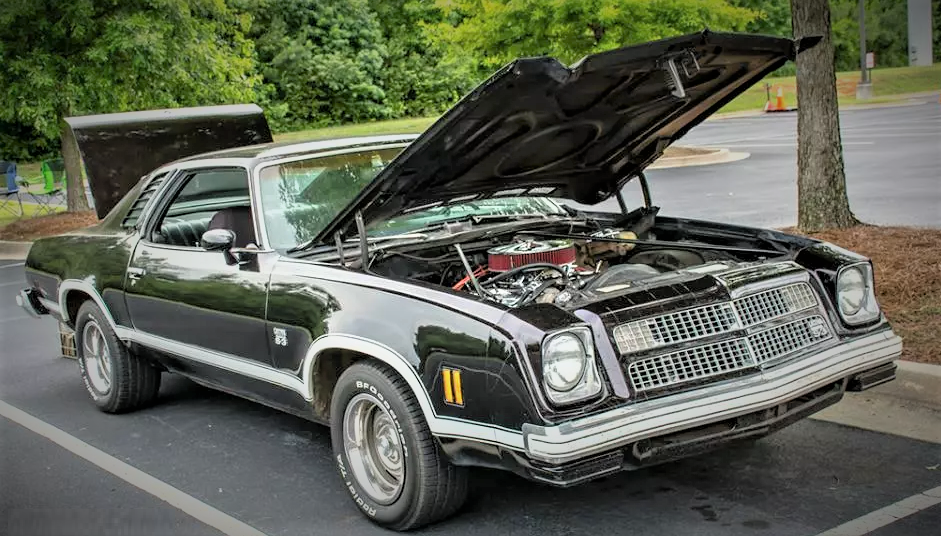
For the longest time, 1970s GM Colonnade coupes were the Rodney Dangerfield of classic cars. And perhaps nowhere was that indignity more acute than with the Chevelle Laguna S-3. The S-3 was Chevy’s NASCAR homologation special, and was successfully campaigned by drivers like Cale Yarborough.
The street cars could be had with an optional 235 horsepower 454 big block and a manual four-speed. Even better, later facelifted models feature a slick aero-optimized front grille that was totally unique from standard models—you gotta respect that.
***
4. 1969-70 Ford Mustang Boss 302
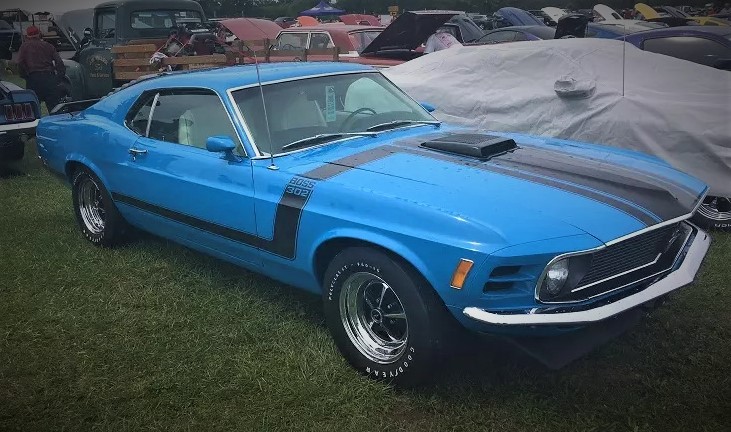
While the Boss 429 certainly could’ve taken its place, we’re particularly fond of the styling of the Boss 302, thanks to former Corvette designer Larry Shinoda. Just like the AAR ‘Cuda, the Boss 302 was a result of the SCCA’s homologation rules for the Trans Am series. Cars sold to the public got a special “Boss 302” V8 specifically built for Trans Am racing, good for 290 horsepower and a requisite manual transmission.
…But c’mon, a slick stripe kit, along with an optional rear wing, shaker hood, and louvered back window bring the real magic here.
***
3. 1968 Dodge Charger 500
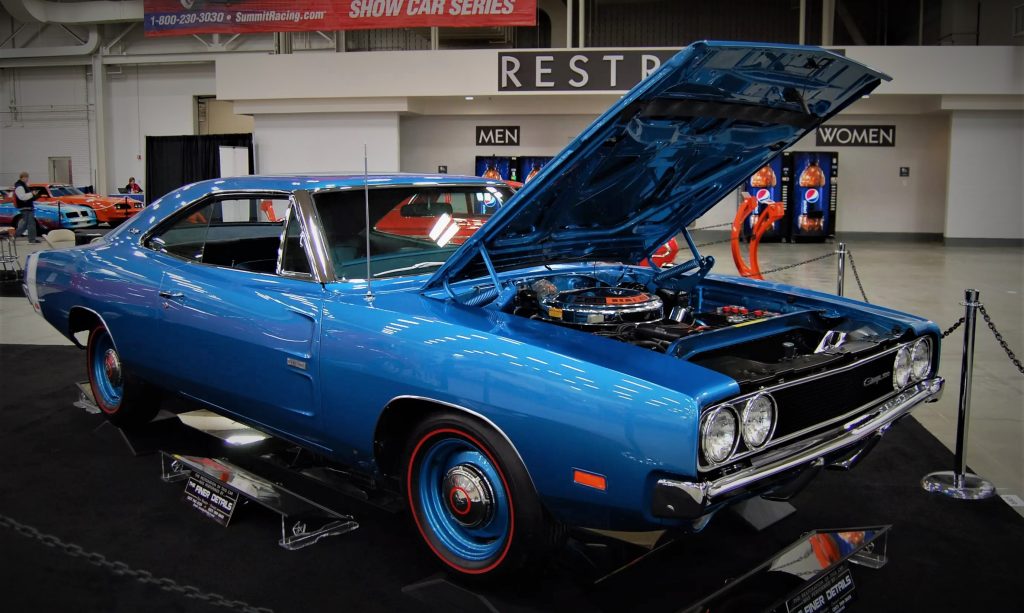
Spoiler alert, we are not including the Daytona/Superbird twins in this list—so just make peace with that.
Instead, we wanted to talk about their predecessor, the slippery Charger 500. The 500 got the Mopar aero party started with a flush grille and headlights, along with the signature flush-mount rear backglass that replaced the Charger’s original flying buttress C-pillars. Look closer and you’ll see large chrome A-pillar covers flanking the windshield too.
With less than 400 said to be produced for public consumption, the Charger 500 is more rare than both the Superbird and Charger Daytona.
***
2. 1992-96 Ford Escort RS Cosworth
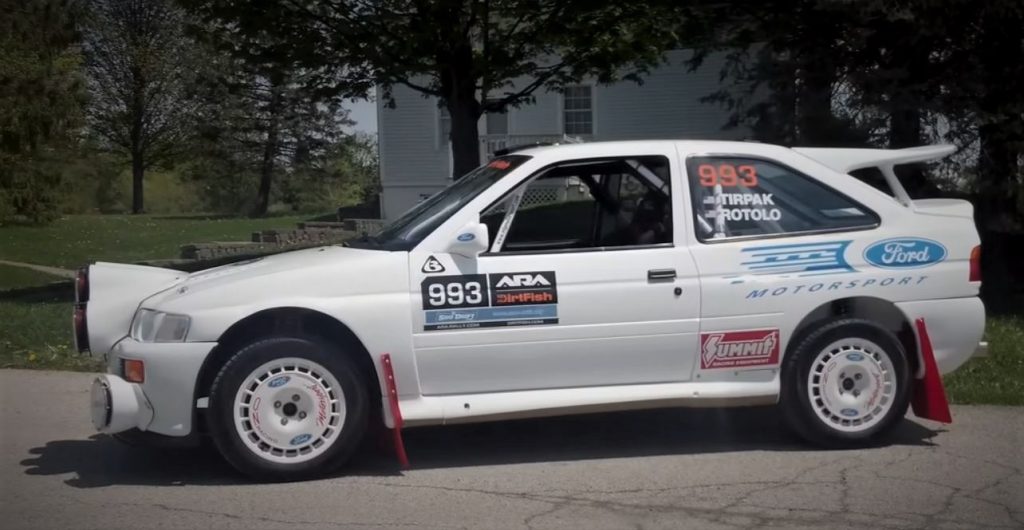
For American gearheads, the Ford Escort is usually dismissed as an ordinary econobox. But over in Europe, it’s often better remembered in the form of the Cosworth-tuned WRC Group A race cars that barnstormed rally stages during the 1990s. With a turbocharged 2.0L four making well north of 200 horsepower—sending power to all four wheels, no less—these cars could gallop close to 150 mph. As a result, the car was very successful on road courses and rally stages, picking up several WRC victories along the way.
With just a little over 7,000 Ford Escort RS Cosworth road-going cars produced almost entirely for the European market, they’re an incredibly rare sight in the United States.
***
1. 1969 Chevy Camaro COPO ZL-1
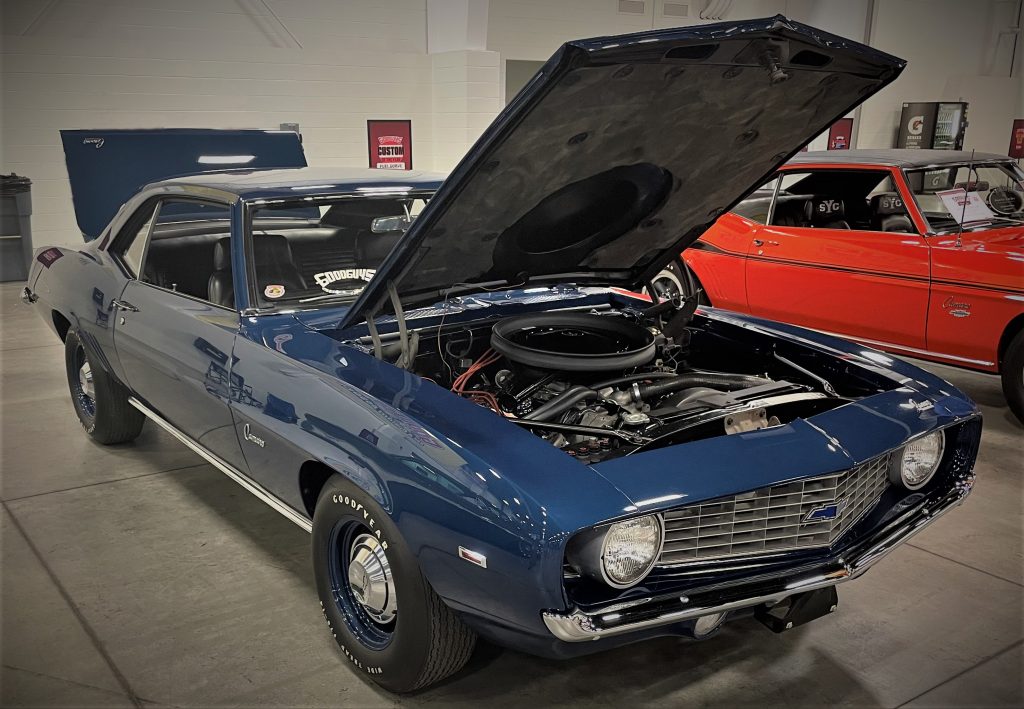
Ask any Camaro fan what’s the baddest, most awesomest, super-duperest F-body ever made and, without a doubt, they’ll say the ZL-1. While the car itself wasn’t born to be a homologation model, it’s no accident that 69 of these ZL-1-equipped Camaros left the Chevy factory—securing enough production units to meet the NHRA Super Stock homologation threshold.
In other words, the number one slot on our list is reserved not so much for a car, but rather an engine.
The ZL-1 powerplant was derived from the rip-snortin’ L-88 427 developed by Zora Arkus-Duntov, but went one massive step further. Instead of iron, the ZL-1’s block was cast in aluminum to shed precious weight.
Both the L-88 and ZL-1 were purpose-built for racing, but thanks to homologation, a precious few were allowed to take this monster motor (and its conservatively-rated 435 horsepower) out on public roads. You can learn more about the 1969 Chevy Camaro ZL-1 in this article.
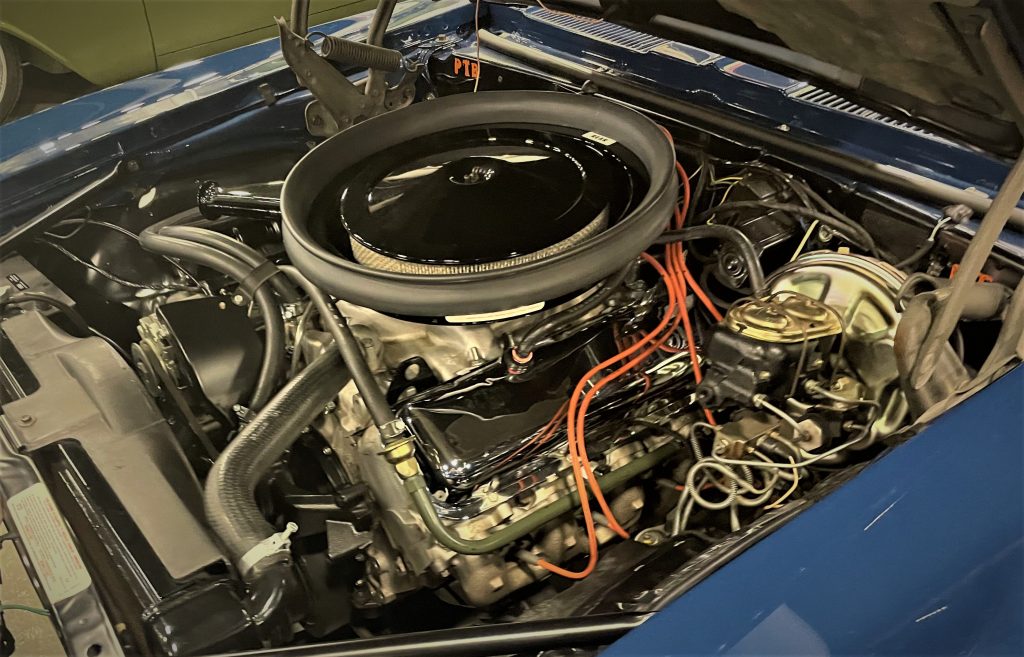
***
So, what do you think of our list? While admittedly we went old-school and mostly domestic here, but did the Ford RS200 get snubbed? How about the drool-worthy Nissan R390, Lancia Stratos, or the TVR Cerbera Speed 12? Heck, even the Toyota Celica GT-4 deserves consideration.
Give us an earful in the comments section below.

Comments